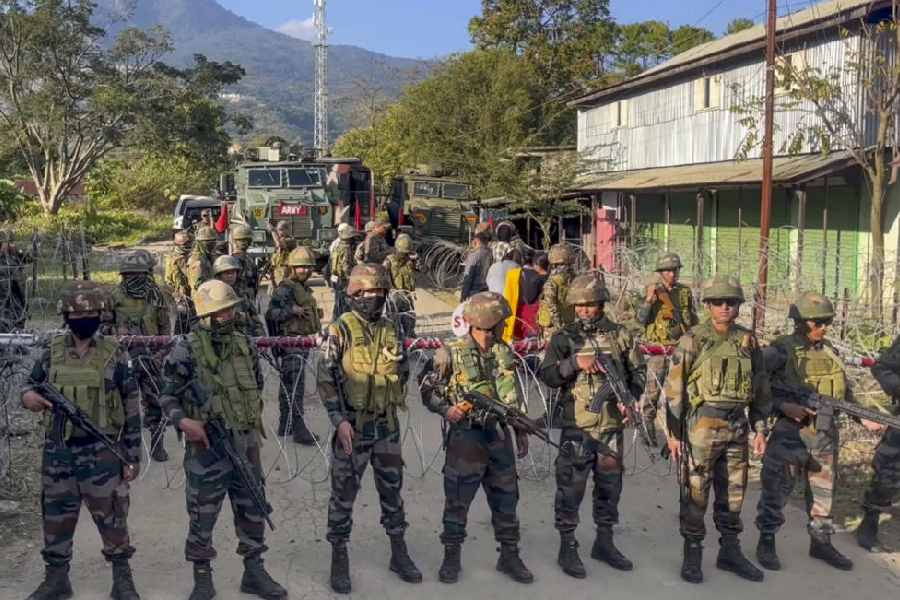The high court has sought an explanation from the state government about why a committee set up to work towards the conservation of trams has not met since January.
The bench of Chief Justice T.S. Sivagnanam and Justice Hiranmay Bhattacharyya said in a written order that the court will pass “adverse orders” if the explanation was not satisfactory.
The written order also mentioned that despite a ban on bituminisation of tram tracks, bitumen had been poured on the tracks in some places without informing the committee.
Calcutta High Court had in August 2023 formed the committee picking names from a list proposed by the state. The committee includes state transport department officials; members of the Calcutta Tram Users Association, a group of tram lovers; a green activist; and a member of the state heritage commission. A former director-general of the town planning department of the Kolkata Municipal Corporation, whose name was proposed by the lawyers for the petitioners, was also included.
The committee was supposed to work for the preservation of trams.
Earlier, in June 2023, the high court spoke about the need to preserve Calcutta’s trams and directed the state to set up within three weeks an “expert committee” for the preservation of the “heritage transport”.
The latest order, dated December 17, said: “It is not clear as to why the Committee has not met despite the fact that the Committee was constituted with the consent of the State after much deliberations and discussions and also after hearing the then Advocate General who appeared for the State.”
“We make it clear that in the event the explanation offered is not satisfactory for not convening the meetings of the Committee, the court may be constrained to pass certain adverse orders,” it said.
“It is further submitted that despite an order directing that the bituminisation of the tram tracks should not be done or the tram track should not be dismantled, in certain portions it is alleged that the bituminisation has been done and that too without informing the Committee or without taking any permission from this court.”
Snehasis Chakraborty, the state transport minister, told The Telegraph they will respond to the court’s order.
“The state is clear and has informed the court that we want to run trams on only one route, between Esplanade and Maidan. Calcutta’s road space is far less than other Indian cities. Those castigating us must realise that the population density of Calcutta is manifold more than the population density of cities like Melbourne. The two are not comparable,” he said.
The expansion of the Metro railway network in the city means faster green transport is expanding in Calcutta, he said. “There are multiple reasons why the government does not want to continue with trams.”
Pradeep Kakkar, of the NGO People United for Better Living in Calcutta, said he wrote to the convenor of the committee, a senior official of the state transport department, requesting that a meeting be convened soon.
“They are making decisions on their whims and fancies. By not convening a meeting for so long, the state government is skirting the task assigned by the court, which is the preservation of trams,” said Kakkar.











